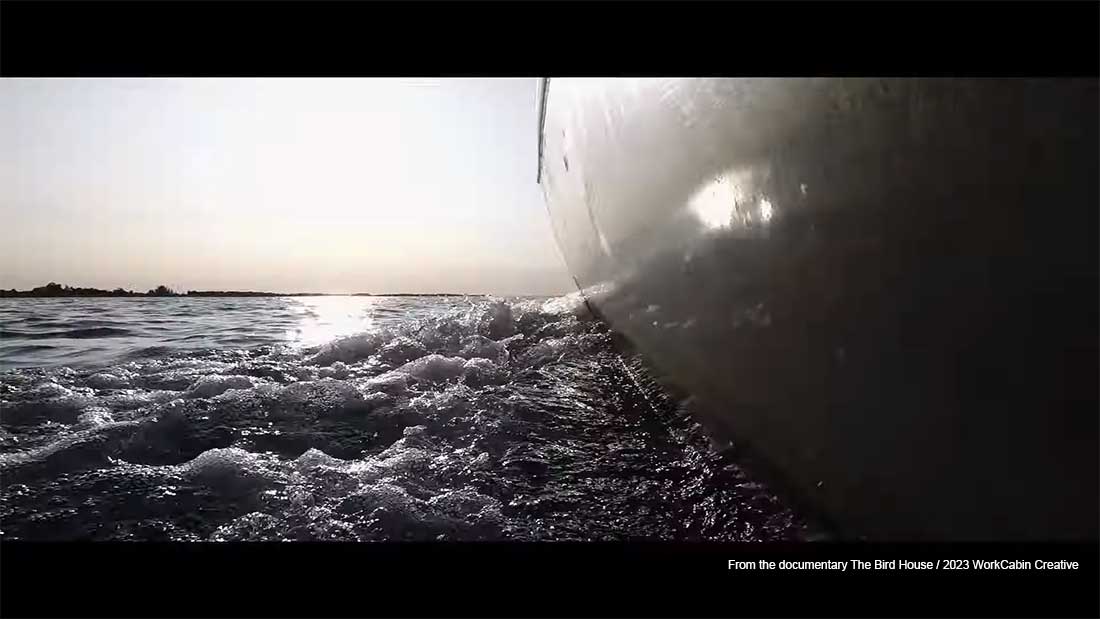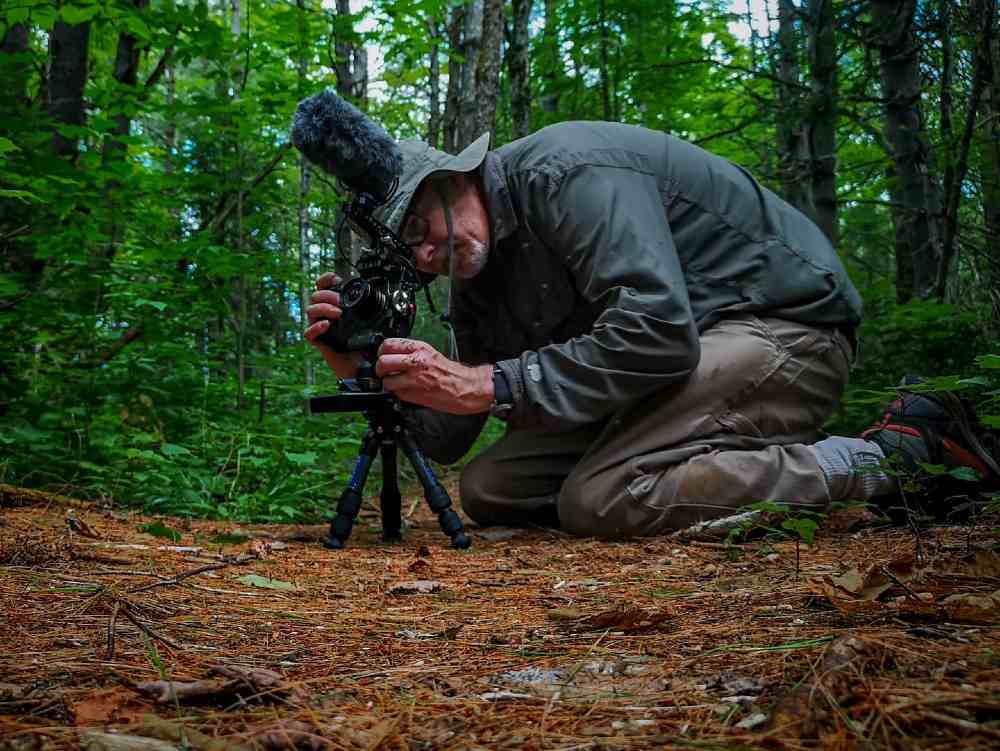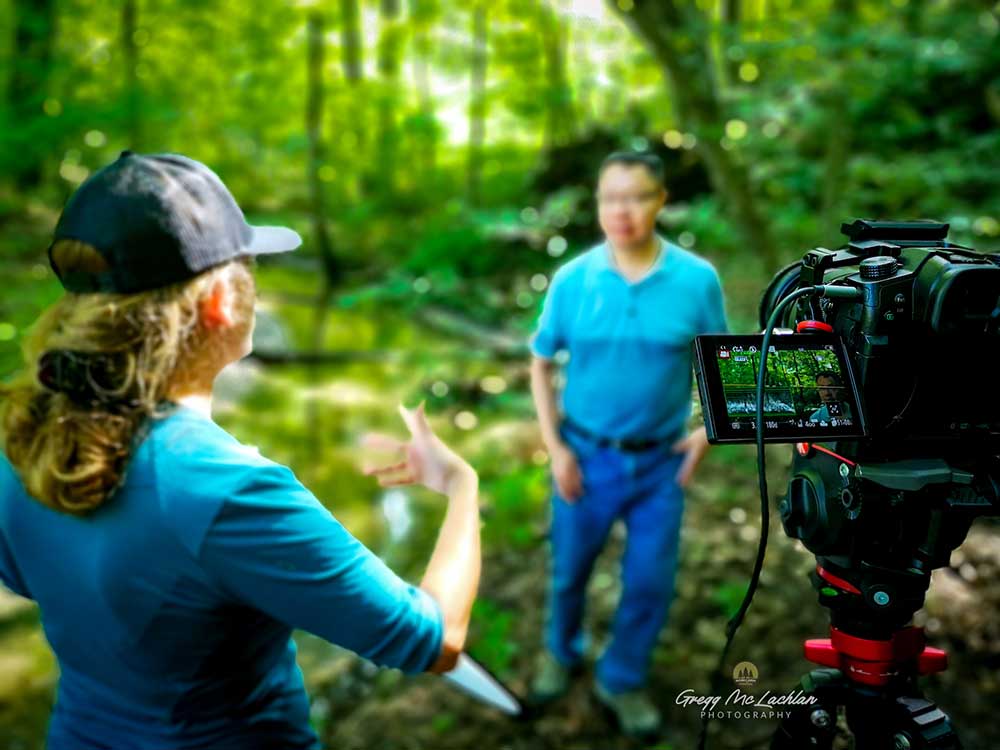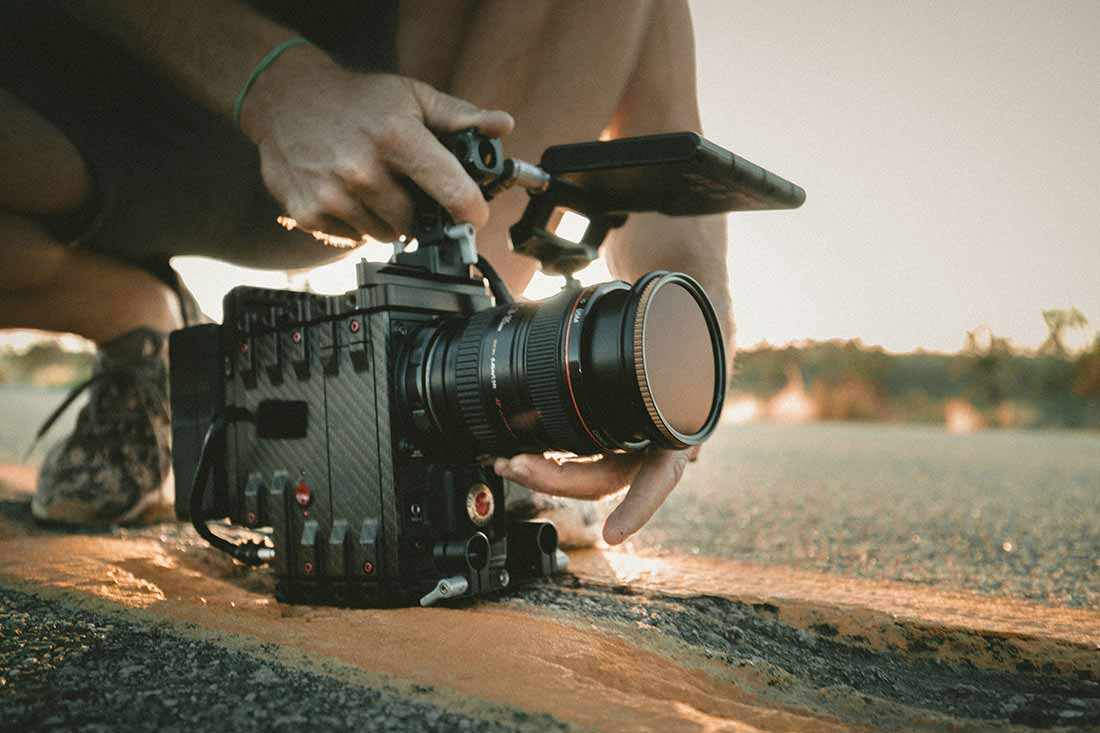

Conservation Documentary Planning Checklist
If your conservation organization is thinking about doing a nature documentary in Canada, here’s my comprehensive planning checklist with 25 essential bullet points to guide the creation of an environmental documentary that informs, inspires, and mobilizes audiences to action for nature.
- Title: Choose a captivating and descriptive title that reflects the essence of the documentary.
- Objective: Define the primary goal of the documentary, whether it’s raising awareness about a specific environmental issue, advocating for conservation policies, or showcasing successful conservation efforts.
- Target Audience: Identify the demographic and characteristics of the intended audience to tailor the content effectively. This is simply answered by describing whom is most likely to embrace this film the most, and be most likely to become an advocate for the cause?
- Research: Conduct thorough research on the chosen conservation topic, gathering factual information, statistics, expert opinions, and case studies.
- Narrative Structure: Outline the narrative arc of the documentary, including the introduction, rising action, climax, resolution, and conclusion.
- Storytelling Approach: Decide on the storytelling approach, whether it’s a chronological narrative, character-driven story, or thematic exploration.
- Key Messages: Define the key messages and themes that the documentary aims to convey to the audience. If your theme is ‘hope’, you’ll have to keep that central to your message.
- Visual Style: Determine the visual style and aesthetics of the documentary, considering factors like cinematography, animation, graphics, and archival footage. Nature doesn’t become magically epic on screen unless you carefully plan the cinematography.
- Interviewees: Identify and secure interviews with key experts, which may include biologists, policymakers, and individuals directly affected by the conservation issue.
- Locations: Plan the filming locations, ensuring they align with the narrative and offer visual diversity. Thinking in terms of filming at different times of day is a good rule of thumb.
- Footage Acquisition: Develop a strategy for acquiring footage, whether through on-site filming, stock footage, drone footage, or reenactments. Trust me, even if you don’t think you’ll need stock, there’s usually a point where you might need it.
- Budget: Estimate the budget required for filming and production expenses. If you hire someone like myself who is a solo independent conservation filmmaker and producer, the cost will be significantly lower compared to hiring someone who operates with an entire crew of people who hold microphones, light diffusers, handle aerial work, haul gear, etc.
- Timeline: Create a production timeline with deadlines for pre-production, filming, editing, and release. This will help you keep the project moving, including when it ends up in the hands of many during draft version reviews by the client.
- Legal Considerations: Address legal considerations such as obtaining model releases from anyone featured in the film, permits for filming and flying a drone in certain locations (if necessary), securing rights for music and footage, and ensuring compliance with copyright laws. Music is a big one here. Sorry, no Taylor Swift songs, unless you have a very very large budget for acquiring rights.
- Partnerships: Explore potential partnerships with NGOs, environmental organizations, universities, and media outlets to amplify the documentary’s reach and impact. This might even include special priority screening events at annual general meetings, etc.
- Music and Soundtrack: Select appropriate music and sound effects to enhance the emotional impact and pacing of the documentary. It’s super helpful if you have an idea of music you prefer, but also trust the judgement of your filmmaker who most likely has deep experience in choosing the right music for the right kind of vibe.
- Accessibility: Ensure the documentary is accessible to a diverse audience by incorporating subtitles, translations, and audio descriptions as needed.
- Impact Measurement: Develop metrics to measure the documentary’s impact, such as viewership numbers, audience engagement, policy changes, and behavior shifts.
- Distribution Strategy: Determine the distribution channels, whether through film festivals, streaming platforms, educational institutions, or grassroots screenings.
- Promotion and Marketing: Create a promotional strategy to generate buzz and attract viewers, utilizing social media, press releases, trailers, and partnerships. Again, I love the idea of hosting special premiere nights. These can be substantial fundraising events and help to attract the target audience that’s most likely to spread word-of-mouth when your film is first finished.
- Engagement Initiatives: Plan engagement initiatives such as premiere releases, panel discussions, Q&A sessions, educational workshops, and community screenings to foster dialogue and action.
- Call to Action: Include a clear call to action at the end of the documentary, urging viewers to take tangible steps towards conservation efforts.
- Sustainability Practices: Incorporate sustainability practices throughout the production process, minimizing environmental impact and promoting eco-friendly alternatives.
- Feedback and Iteration: This is optional and can slow down the final stages of release, but if you do have trusted organization as partners, seek feedback to refine the documentary before finalizing it for release. Just remember that every revision will cost you extra for additional post-production work. You need to be laser-focused on what change requests are nit-picky and not necessary, and what’s actually beneficial to the narrative.
- Evaluation and Reflection: After the documentary’s release, evaluate its success in achieving its objectives, reflect on lessons learned, and consider opportunities for future projects. There are often multiple phases and years to a conservation work project and that creates more than one opportunity.
I hope you find these tips helpful. Creating a conservation documentary requires meticulous planning, creativity, and collaboration. By following this planning list, your organization can create impactful documentaries that not only educate and inspire, but also give you a return on your investment to create a documentary in the first place.
Latest posts by Gregg McLachlan (see all)
- What’s The Importance of B-roll in Conservation Storytelling? - April 22, 2024
- What’s It Really Like Being a Conservation Filmmaker? - April 15, 2024
- Filmmaking Explainer: What Is Post-Production? - April 6, 2024

